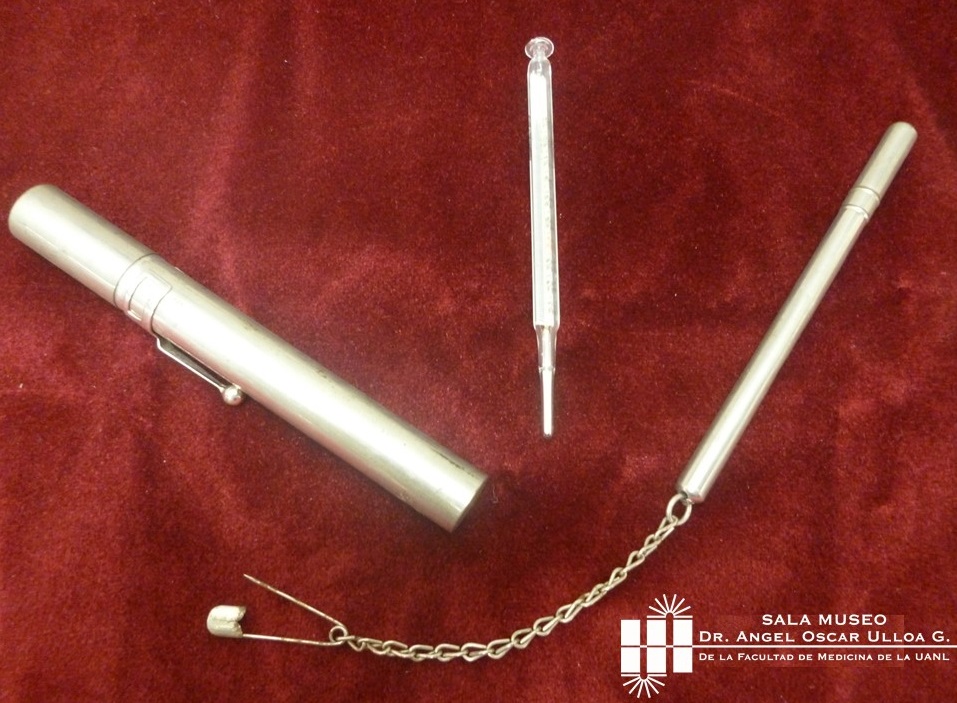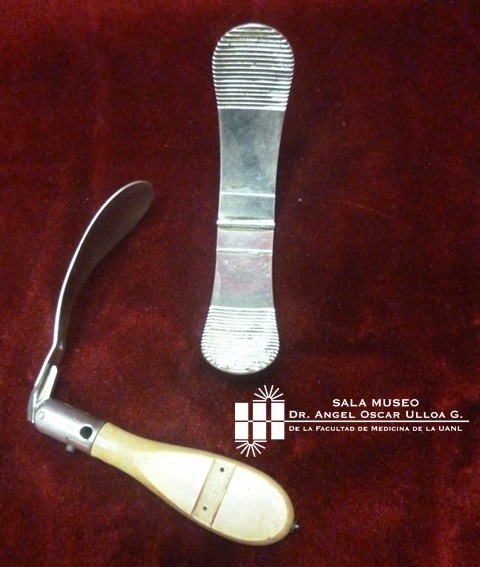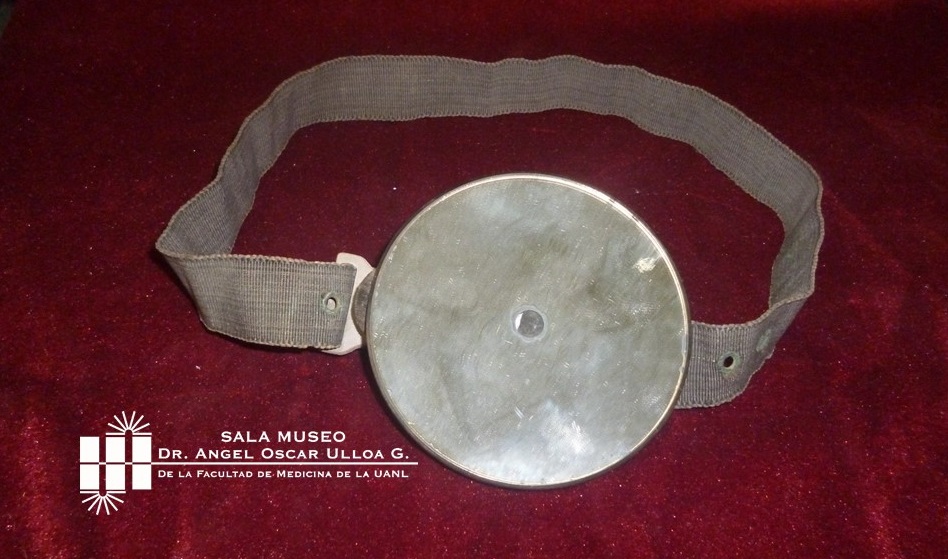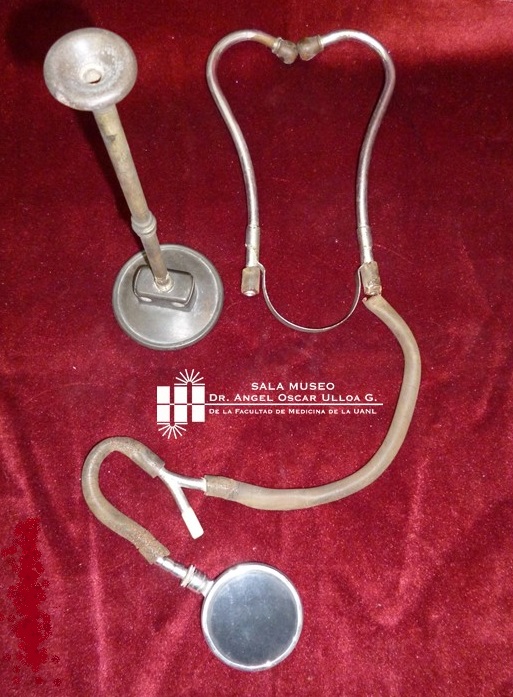The museum's collections: Diagnosis
In the 19th and 20th centuries there were a number of advances that made it possible to examine the inside of the human body without opening it.
The Museum Room "Dr. Angel Oscar Ulloa Gregori ”, It has a collection of old medical instruments with around a thousand pieces, including medical-surgical kits, devices and instruments, giving the acquis its own stamp and being today the only medicine museum in the whole north of the country.
This collection is distributed in different thematic axes, the first section to be pointed out is that of diagnosis.
The medical diagnosis aims to identify a disease, observing its symptoms and signs.
In the evolution of modern medicine instruments were designed that expanded the auditory, visual and tactile capacity of the examining physician, or that quantified body signs such as temperature, blood pressure, etc.
In the nineteenth and twentieth centuries there was a series of advances that made it possible to examine the inside of the human body without opening it.
Whether as simple as a wooden tongue abuser or as sophisticated as an endoscope, these instruments help the doctor formulate the patient's diagnosis.


Used in indirect measurement of blood pressure, using mercury.


Concave mirrors reflect the light making it converge at a focal point. They were used with natural sources of light and with candles.

In ancient times, pulmonary and cardiac sounds were studied by approaching the ear to the rib cage.
The French doctor René Theophile Hyacinthe Laënec (1781-1826), in the early nineteenth century (1816), used rolled paper to better auscultate the chest, then invented the stethoscope with a wooden cylinder. The original instrument was for a single ear, it was perfected when designing the biauricular or two ears, as it is used today.
Museum Room "Dr. Ángel Óscar Ulloa Gregori"

